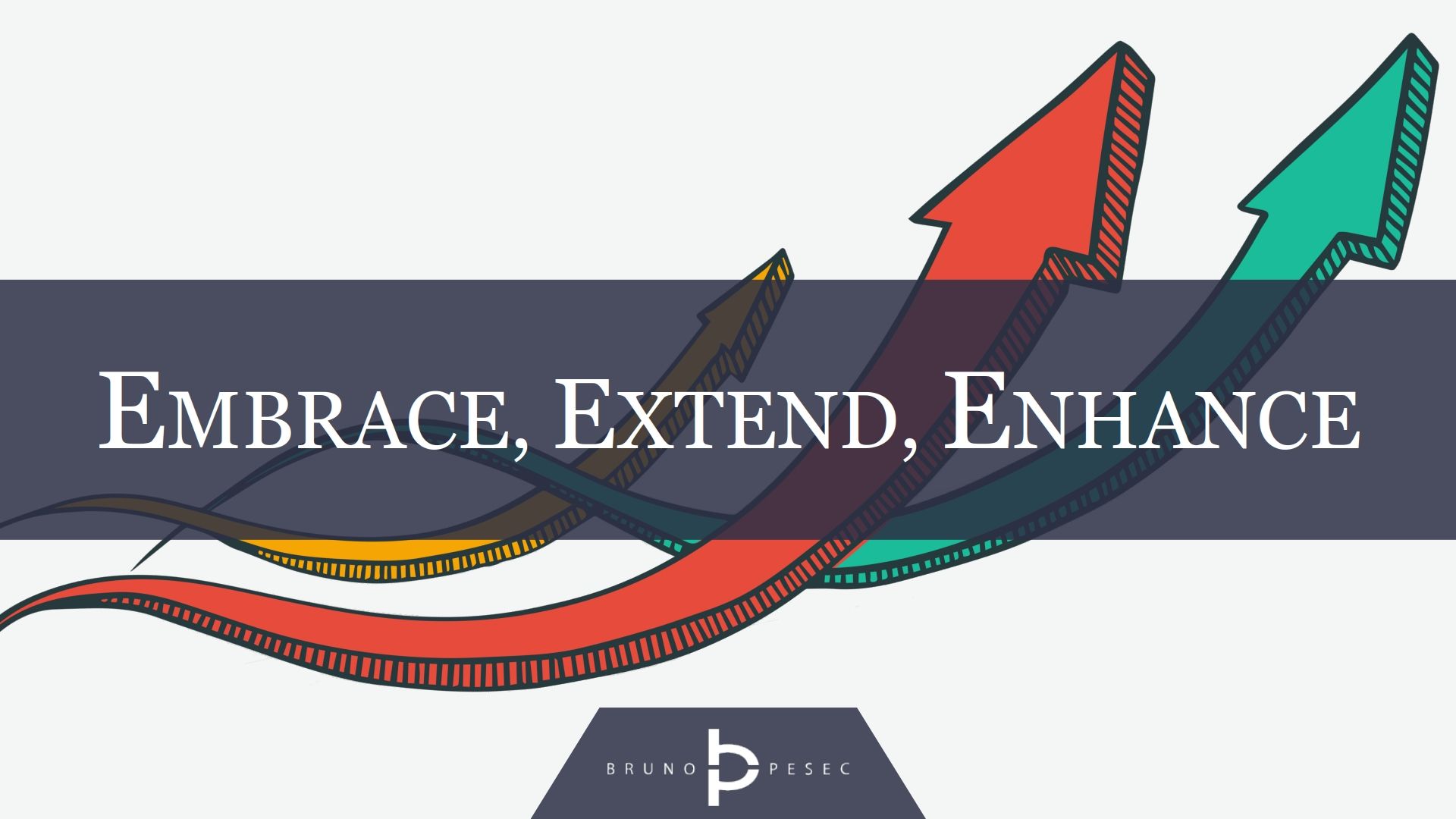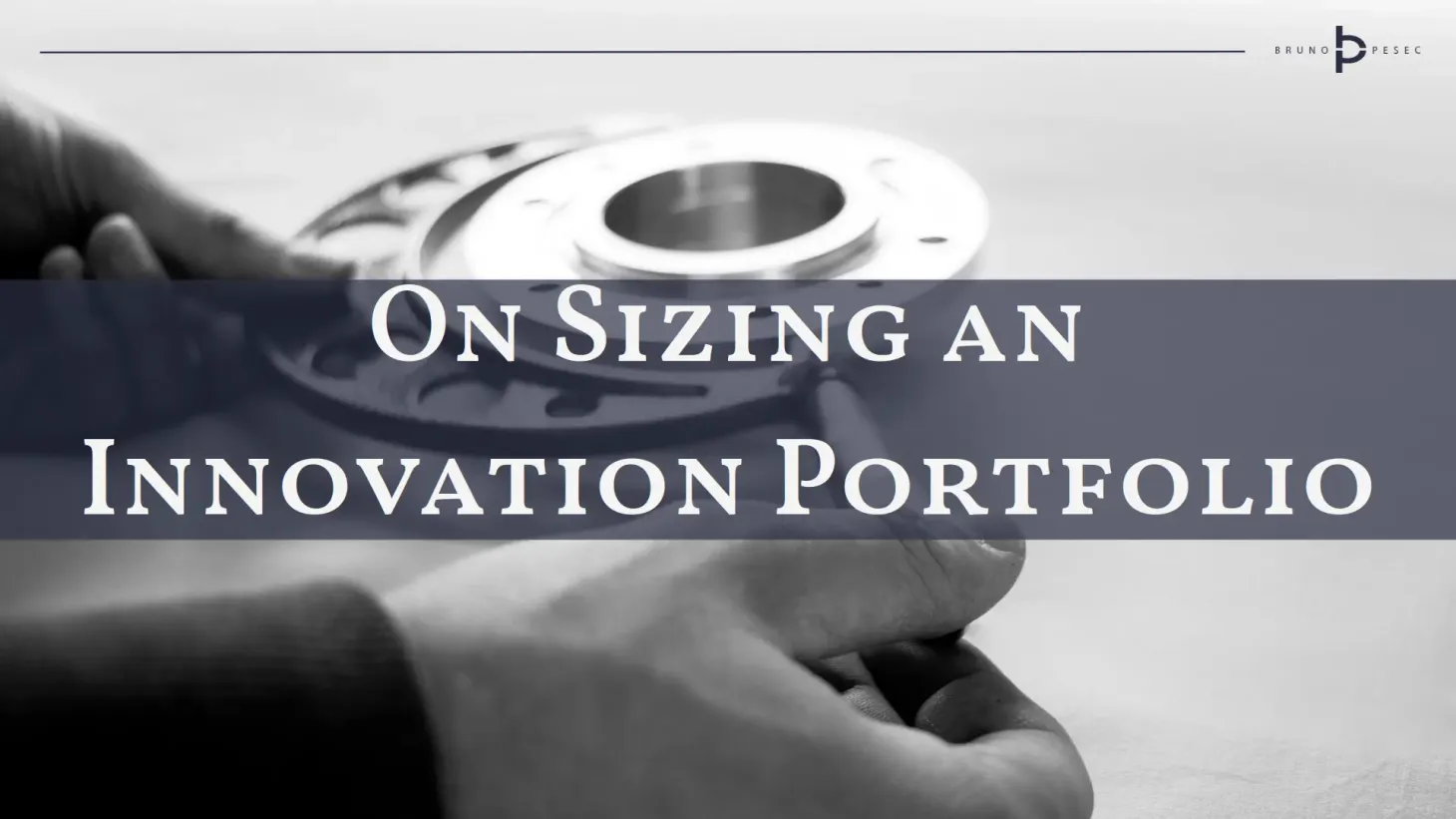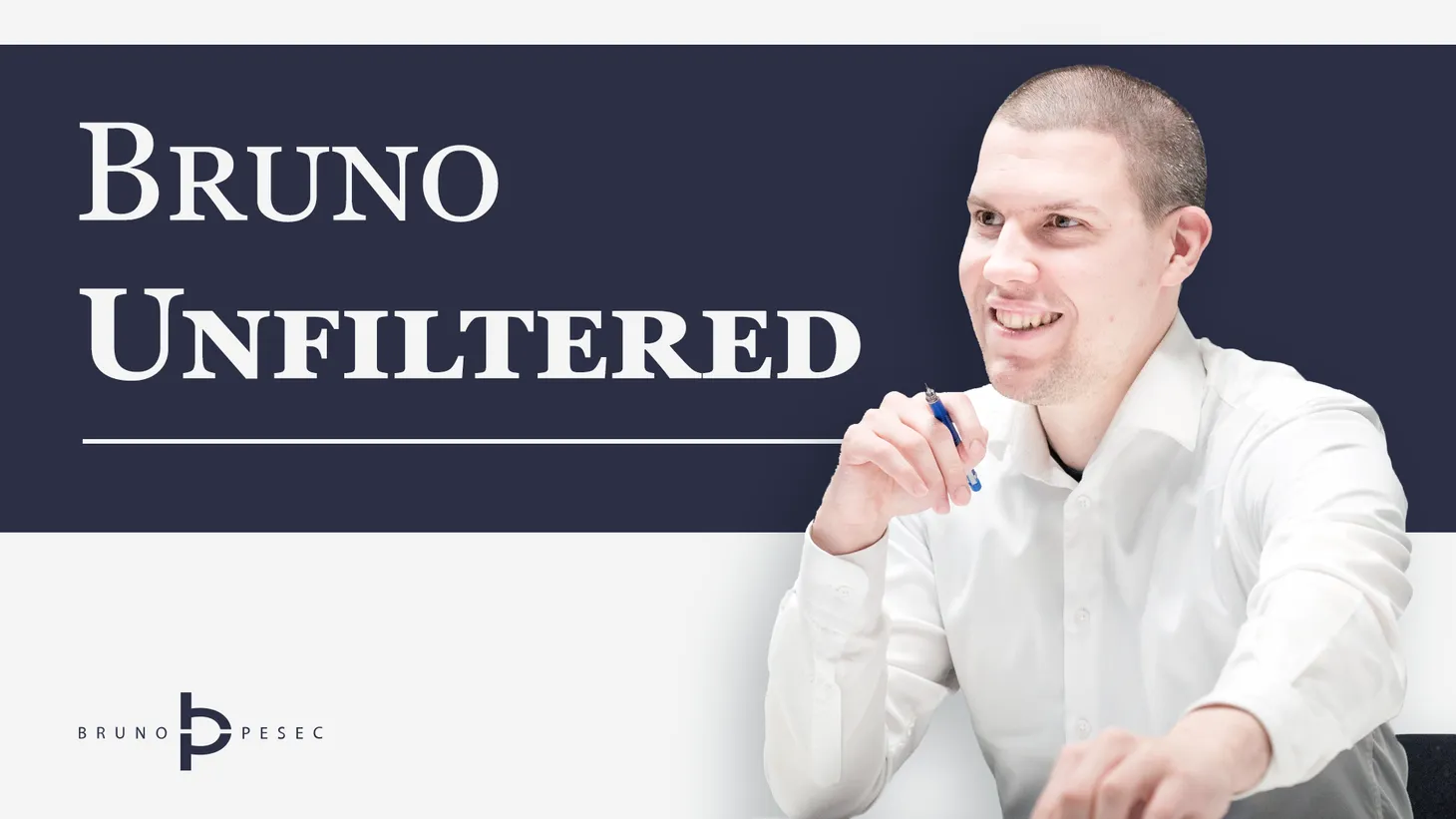How to select the right innovation framework for you?
A deep answer to a seemingly simple question.

Before I proceed with my answer, I want to specify two key words: innovation and framework.
Innovation is the act of creating something new that is valuable to both the innovator and the recipient. Value is manifested as increased revenue for the innovators (organisation) and positive benefit for the recipient (customer).
Framework is a structure supporting or containing something. In this context, framework would outline people, policies, and processes needed to innovate successfully. They are most often formal, i.e. documented in text (and slides), and distributed on the intranet.
With that out of the way, here are four things to consider when selecting the best innovation framework for you.
Corporate innovation entails doing, managing, and leading innovation
There are a great amount of frameworks for doing innovation (from idea to business). Modern ones include Lean Startup, Design Thinking, and Outcome Driven Innovation. They are all good. They all focus on deeply understanding the customer and increasing the probability of creating solutions they will buy.
There is a number of frameworks claiming to be suitable for managing innovation (from idea to business at a scale, including resource allocation and all the problems that come with it). There is no single, proven framework, yet. Current best practices include:
- Innovation strategy formulated as an investment thesis. It should complement the business strategy, should be clear on how will innovation contribute to it, should have clear investment policy, and shouldn’t be set in stone. Ideally, it will cover multiple types of innovation (core, adjacent, transformational, disruptive, radical...).
- Portfolio management approach to all innovation projects. This is important because there are no guarantees for innovation projects, even if you do everything right. It is a numbers game, and portfolio approach is critical for detecting ideas and projects that could be defunded, to unlock people and resources to work on a more promising ideas. The bigger the company, the more important this is. Opportunity costs can rack-up quite fast.
- A leaky stage-gate idea development model. Sometimes referred to as funnel or pipeline. Traditional stage-gates are water-tight, not allowing regression. When it comes to developing business ideas, it is quite possible that a project which performed quite well with small segment of customers starts faltering when it is taken to scale. When that happens, it should be possible to reduce the funding, instead of marching ahead “because we already spent all this time and money.”
- Innovation board, or a similar body, with budget and decision making power. Depending on how the organisation is structured, there might be more of those. For example, there might be one overseeing the total portfolio. This one usually consists of top executives. More radical types of innovation could have a dedicated innovation board, so employees with “wild” ideas could go to them to seek funding.
- Financial processes that support releasing funding in tranches, instead of lump-sum. In doing so the company’s assets are protected, without stifling all but the most boring of ideas. This is where the CFO has an opportunity to become the strongest innovation champion.
Regarding leading innovation, any leadership framework will do, as long as it includes respect for people, acceptance that the world changes, acknowledges that learning is beneficial, and doesn’t create hypocrisy (“you do as I say, not as I do”).
As you see, each one of those could benefit from a framework. But should it?
Use published frameworks for inspiration only
People who ask me the titular question are usually coming from one of the following places:
- They have limited experience with innovation. Perhaps they are not well versed in the field, or they feel inadequate for some other reason. They genuinely want to learn and are looking for optimal entry point.
- They are innovation professionals and are seeking ways to improve their own performance. They already have established process, and are usually unhappy with them, despite the organisation trumpeting all the successes. The later are sometimes slightly overstated.
- They doubt (or fear others will) their legitimacy, regardless of their expertise. They hope that using “Framework X” by “Author Y” will make an internal sell easier.
- They are in a crunch and need something NOW. Maybe they were appointed as VP of Innovation yesterday, and the board expects them to solve all the organisation’s problems by the end of next quarter.
To all of them I say: please don’t waste time window-shopping.
I mean, just look at the (inexhaustive) list above—how could there be one perfect framework to do all of that superbly? I’m sure there will be one eventually, and that it will be so overbearing and bureaucratic that it will make everyone hate innovation.
Focus all your energy on understanding your current approach to innovation.
How does it really happen? What works? What doesn’t? Just because you don’t have formal frameworks does not mean innovation isn’t happening in your organisation!
Speak with people, map the processes, document frustrations and joys. Remember to capture the whole, end-to-end picture, for both doing and managing innovation.
Do the same for the future state. Read the strategy documents, annual statements, speak with people. Where does the organisation want to go? How are they planning to get there? How do they see and expect innovation to contribute to that?
Once you have a really good understanding of the above, you can go looking for frameworks. Trust me, you will look at them with completely different eyes!
Approach the frameworks as inspiration triggers; don’t consider them to be the holy writ. Understand the authorship, if possible at all. Is the proposed framework based on any research? Practice? Does it build on any historical frameworks? Has it helped anyone, repeatedly? And so on.
A special note to those with intense legitimacy tremors: just because something has ISO slapped in front of it does not make it bullet-proof. ISO is in the publishing business. That’s all they care about.
Understanding your own current and desired situation is the most valuable information for deciding your path forward. Specific beats generic.
Embrace, extend, enhance
Frameworks come and go, but you can ruin your reputation only once.
Corporate graveyards are chock-full of well-intended, but ultimately failed implementations.
If you do the work described above, you will be able to identify:
- Processes, procedures, and policies that are sufficiently good to keep as-is.
- Processes, procedures, and policies that can be extended (e.g. expanded in scope, added to, modified, etc.) in order to innovate more successfully.
All parts of your framework(s) should be continuously tested, developed, and adjusted—just like the ideas you invest in—so they fit your organisation like a glove. Hence enhance!
This will demonstrate your respect for the existing organisation while adding new things that seem familiar. And that will make your life much easier.
Read more about the embrace, extend, enhance change strategy here:

A never-ending process
The dynamic nature of this approach might seem scary at first. The benefit is that you can jump in anytime, as long as you are willing to learn fast. Understand yourself, understand where you want to go, pick the best tools to aid you; rinse and repeat.
Resources
I’ve written extensively about the topics shared above. Here are some entry points:
- How can organisations innovate profitably? Aligning execution, governance, and change.
- How to introduce an innovation strategy into your company
- Making sense of innovation pipelines, funnels, and portfolios
- How to run effective corporate venture boards
- Structuring innovation projects
- 20 common misconceptions about corporate innovation
- 27 innovation metrics you must measure
Two books I recommend are The Corporate Startup and Innovation Accounting. They cover a lot of ground, and provide enough direction so you can research further on your own. I contributed to the latter one.
Feel free to write should you have any questions or would like to request more specific reading suggestions and material.
Bruno Unfiltered
Subscribe to get the latest posts delivered right to your inbox. No spam. Only Bruno.





